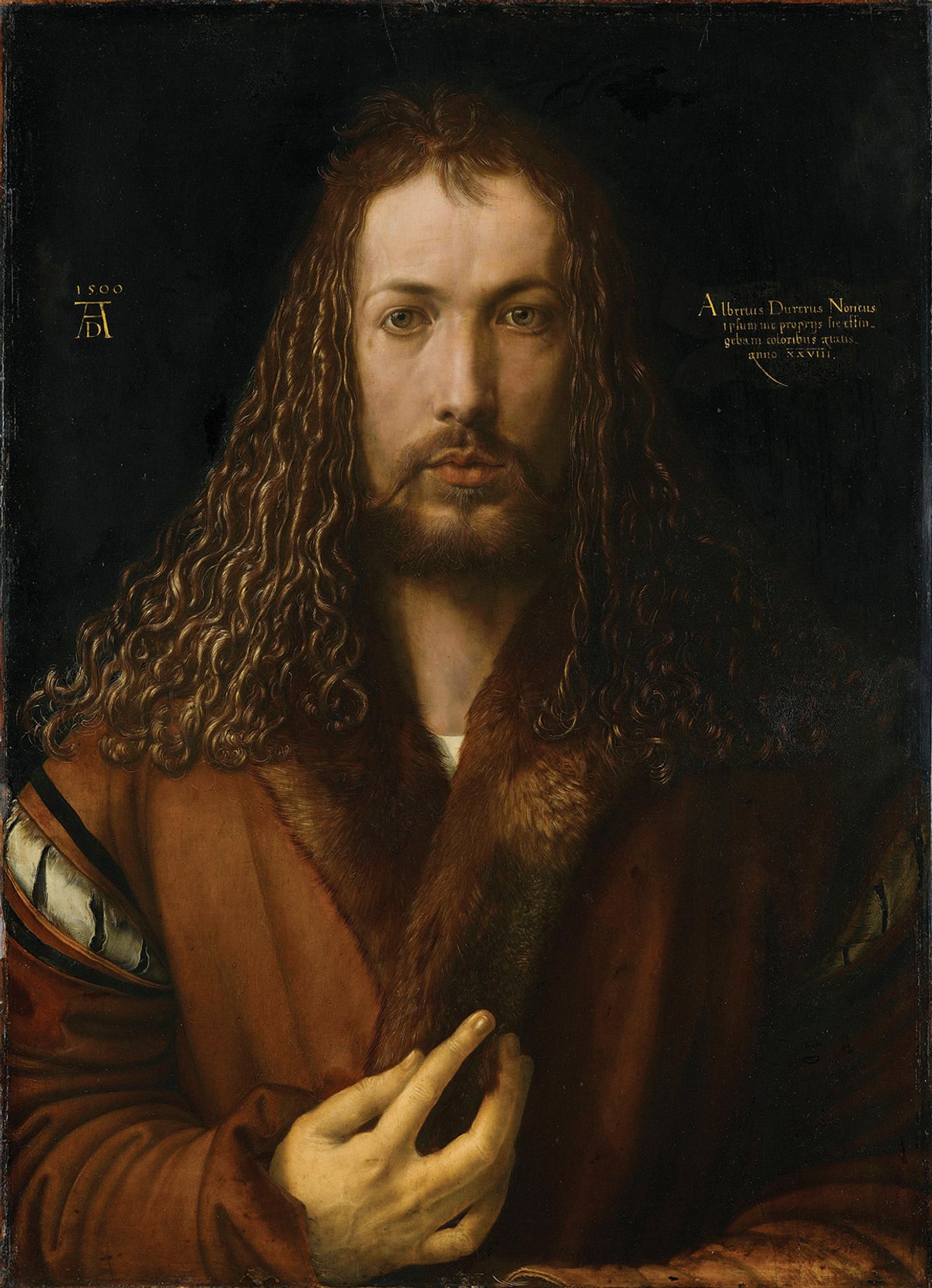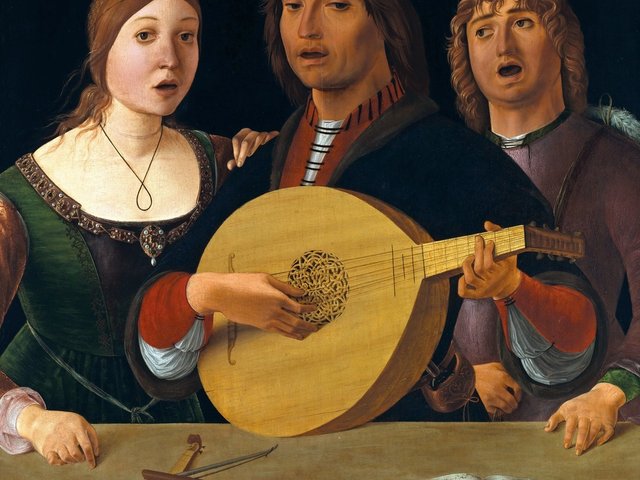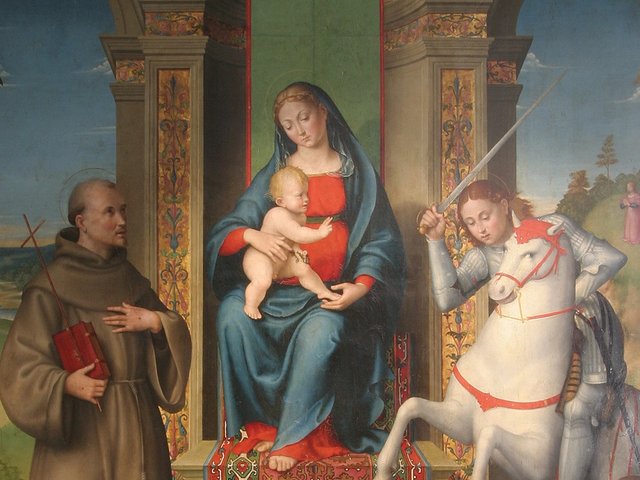The authors of these five volumes from Laurence King have, over the past three years, written books that bear essentially the same titles as five volumes in the Weidenfeld & Nicolson/Random House Everyman Art Library series in the mid-1990s. They are of the same format as the earlier series, but rather longer and provided with more and generally larger, higher quality reproductions of the works discussed. Intended mainly for an A-level and undergraduate student readership, but attractive also to laypeople with general interests in Italy and the art of the Renaissance, the books in this series cover their subjects with a fairly broad brush, but offer a range of perspectives that will prove stimulating and thought-provoking.
The authors differ disconcertingly widely in the chronological breadth of the Renaissance that they work with, which creates some variations in the depth of analysis that they have time and space to indulge in. Thus, for instance, Scott Nethersole perhaps wisely limits himself to the period “between about 1400 and the first decade of the 16th century”, whereas John Marciari’s Roman Renaissance opens in the pontificate of Nicholas III in the late 1270s and finally runs out of steam in the time of Sixtus V around 1590. But a common theme throughout is that of the painter’s increasing consciousness of his licence to exercise his imagination and powers of invention. Growing in cultural skills, he could aspire to the social status of court intellectuals.
Each book is structured differently, and each author adopts a different mode of art-historical analysis. Tom Nichols, for example, true to the use of the term “tradition” in his sub-title, takes a straightforwardly chronological approach, whereas Nethersole exploits a more thematic method, dealing among other topics with the institutions and consumers of art production across the period; and Alison Cole guides us through a series of geographically distinct centres of courtly art production and consumption, exploring what each offered in terms of technical and stylistic innovation.
Each chapter in Nichols’s book deals with a span of around 25 years, which does indeed neatly describe the general pattern of change in Venetian artists’ engagement with the Renaissance between around 1450 and 1600. He opens by examining how “renaissance” ideas such as the classical language of architecture were gradually, somewhat belatedly, integrated into Venetian artistic practice. The “perfected image of Venice” in Giovanni Bellini’s art precedes the more troubled early 16th century, with the “new significance of artistic individuals” like Giorgione and Titian replacing the relative anonymity of collaborative workshop production. This culminates in “the Victory of Art” when Veronese and especially Tintoretto were dominant, individual forces.
Like Nichols, Marciari weaves his narrative of Roman Renaissance art on a chronological roll-call of popes. When elected, popes tended to be elderly, wealthy and ambitious to make their mark on the Eternal City. Many of them had their own tomb monuments built, their family chapels decorated, and contributed to the beauty and splendour of St Peter’s and the Vatican. Because large quantities of papal works of art were commissioned during Marciari’s “long” Renaissance, his coverage has to be selective: for example, Michelangelo’s late frescoes in the Vatican’s Pauline Chapel are omitted and Raphael’s Sistine Chapel tapestries gain only limited discussion. Emphasis on the popes’ wide-ranging relations with their artists is nevertheless constructive.
Stephanie Porras highlights the functions of Northern Renaissance art within courtly exchange, bourgeois commerce and pious devotional practice. “‘Northern Renaissance’ is an inherently supplementary term, implying that the real Renaissance happened elsewhere—namely in Italy”. If “renaissance” implies the revival of the classical tradition, it hardly applies to Northern European artists before Albrecht Dürer, but Porras suggests perhaps it better describes “a European-wide, perhaps even global, period of cultural and socio-economic change”, and she underlines innovations like the spread of artistic ideas through woodcuts and engravings.
Nethersole’s thought-provoking analysis reaffirms how crucial Florentine art was to the dissemination of Renaissance ideas throughout the Italian peninsula and far beyond. He examines Florentine writings about art, from Ghiberti to Vasari, that “came to present its artistic achievements as exceptional”, but his principal objective is to tease out the patronal and institutional conditions that provided the context for art production, and to explore what “implications the new stylistic developments had for spectatorship”. As elsewhere, in Florence artists like Botticelli became increasingly self-conscious during the Renaissance, while still fostering the craftsman’s skills to accomplish works of the highest quality of execution and expression.
Alison Cole has here revised and expanded her 1995 survey Art of the Italian Renaissance Courts in the Everyman Art Library. Study of the courts and courtly art patronage of Naples, Milan, Urbino, Mantua and perhaps especially Ferrara has evolved considerably over the past 25 years. Cole has now rightly promoted Ferrara ahead of Milan in the league table of innovative artistic cultures: if somewhat eccentric, Ferrarese art is early on stylistically and expressively vigorous. The earlier chapter, “Art and Princely ‘Magnificence’”, has been expanded into two: one on the Aristotelean theory of magnificence and its implications for originality in artistic style and for material splendour; and the other on the court artist, which includes important new discussion on artistic status in the Italian courts. Another new section in Cole’s book, dominated by Andrea Mantegna, feeds in to the theme common to all the authors of the series, around the artists’ individuality and social aspirations.
Contributors to this series suggest that it was perhaps artistic self-awareness, rather than the revival of antiquity, that drove the Renaissance to its culmination in its most original and yet most familiar images. While coalescing around this general view, the authors nonetheless provide an overview of the variety of different ways specialist or academic art historians currently approach the history of Renaissance art, whether focusing on the relations between artists and their patrons, on the socio-cultural conditions of art production, or on the reception and consumption of art during the Italian Renaissance.
Alison Cole, Italian Renaissance Courts: Art, Pleasure and Power, John Marciari, Art of Renaissance Rome: Artists and Patrons in the Eternal City, Scott Nethersole, Art of Renaissance Florence: A City and its Legacy, Tom Nichols, Renaissance Art in Venice: From Tradition to Individualism, Stephanie Porras, Art of the Northern Renaissance: Courts, Commerce and Devotion, Laurence King Publishing, each 224-256pp, £19.99 (hb)
• Francis Ames-Lewis took his graduate degrees in the history of art at the Courtauld Institute of Art. In 1969 he was appointed lecturer, and in 2003 Pevsner Professor of History of Art, at Birkbeck, University of London. He has written extensively about Italian Renaissance art




